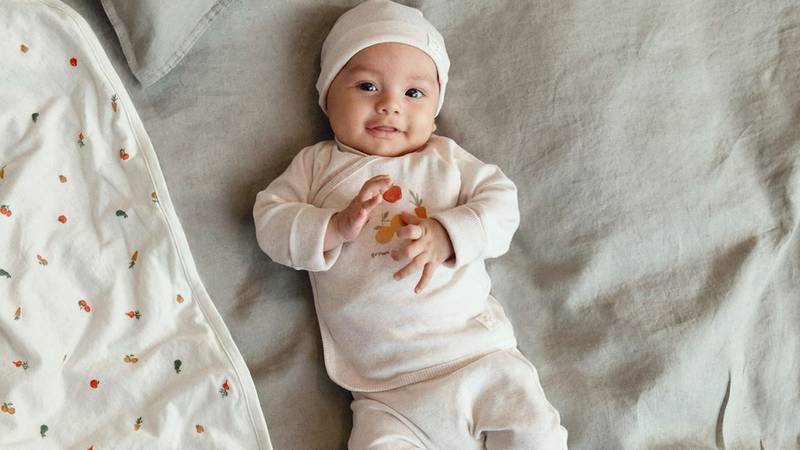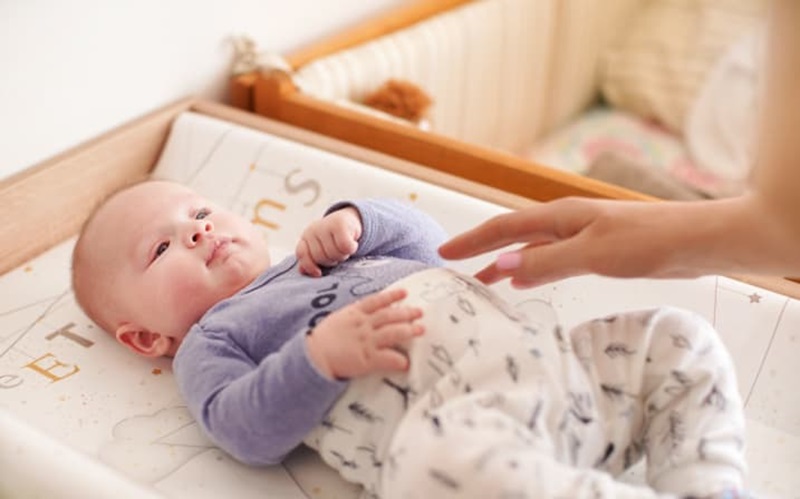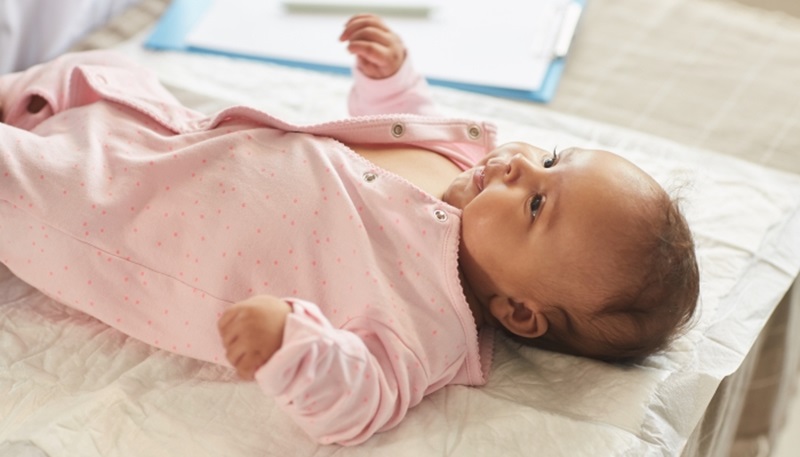One of the major concerns of first-time parents is how to appropriately dress their little ones and keep them comfortable while doing it. In this regard, when completing their baby’s wardrobe many parents start looking for alternatives that are functional, cosy and at the same time weather appropriate.
Whether starting a registry, looking down at a mound of baby shower gifts, or peering into the wide eyes of a days-old newborn who, surprise, just vomited up again, onesies are one of the most indispensable items in any baby’s wardrobe. From everyday wear to emergency diaper bag blow-out outfits, they are the epitome of versatility.
Why Should Babies Wear Onesies?

Make a nappy change and dressing a breeze with the perfect all-in-one infant onesies that are soft and comfortable enough for daily wear. The best thing about baby onesies is that they have many uses. They are great as a base layer to keep a newborn warm and cosy. Since they don’t ride up like a t-shirt because of their useful snaps, they keep body heat in by always covering the stomach and back. Put a onesie underneath every outfit, a shirt or a sweater on top, or both, and you’re good to go. These versatile pieces are also useful for protecting a baby’s delicate skin from irritating materials like scratchy textiles during hot weather.
But keeping those tiny hands out of diapers and keeping diapers on little bums is where onesies really shine. Given that babies are inherently curious, it is obvious that if they have access to their diaper’s interior, they might investigate. This may cause them to make unpleasant messes, possibly sharing them with walls or crib slats. A baby onesie prevents access to the top of the diaper, so you won’t have to deal with those unpleasant stains daily.
On the other hand, it’s crucial to keep diapers on infants. Newborn onesies function as a barrier against diaper removal because they normally contain three sturdy snaps in a difficult-to-reach (for the wearer) location. A decent snug help keep the diaper on, which keeps messes where they belong until diaper change time, whether you’re dealing with a curious newborn, a toddler who prefers birthday suits, or simply the will of gravity.
Moreover, you don’t need to spend time looking for the missing pair from your pyjama set or worry about finding a top and bottom that match and keep you comfy. One-piece clothing is always simpler to purchase, clean, and wear; you simply slip it over your baby’s shoulders, and they are ready to go.
What to Look for in a Baby Onesie

Being one of the most convenient and versatile pieces of clothing, infant onesies are nowadays available in many styles, sizes and hues, so many new parents can feel overwhelmed when choosing the ideal ones. To make the shopping experience stress-free and to choose right, keep the following factors in mind.
Style
When shopping for a newborn onesie, the first decision to make is typically whether to choose a footed or non-footed one. You should think about how cold your baby’s feet usually get. Those with feet will keep your little one extra warm and comfy, but they can be uncomfortable if they tend to get too warm.
The next thing you should consider is whether or not you want a hood. There are no disadvantages to having a hood because you can decide whether to wear it or leave it down. Newborn onesies are typically intended to be worn indoors, hence their hoods seldom ever have any useful function in terms of providing wind and rain protection. Therefore, the decision to choose a hooded one or not mostly depends on personal preference.
The decision of whether to purchase a style that comes with snaps or zippers again comes down to personal choice. Zippers are a little simpler, but they are more difficult to replace if they break. Snaps are more prone to coming undone than zippers, but they rarely break. Both shouldn’t be a problem if you select a high-quality design that fits perfectly.
Fabrics

You’ll probably want to dress your kid in fashionable garments with a variety of accessories when they are born to make them look particularly adorable. Avoid doing this since some material combinations will irritate babies’ skin.
Think about purchasing clothing that is soft and breathable, such as ones made of organic cotton or bamboo. You should also avoid anything that can hurt or discomfort your baby because of their delicate skin. Therefore, look for any labels or tags that can irritate your baby’s skin. Take them off if there are any.
Size
Although you may think that an infant should wear a “newborn,” size that isn’t always the case. Some newborns are too big to fit inside newborn onesies. Others must wear ones that are preemie size since they were born too soon. Another factor is that size charts vary widely between brands.
Keep in mind that these sizes are generalizations based on averages, so depending on your baby’s birth weight and rate of growth, they may be wearing sizes smaller or larger. Preemie onesies are required for newborns weighing less than 5 or 6 pounds, and from that point on, they’ll likely wear smaller sizes that don’t correspond to their real age. On the other hand, babies who weigh more than 8 or 9 pounds at birth will completely bypass the newborn phase and may or may not fall into the range of ages after that. Use the baby’s size rather than his age. The ultimate test, of course, is trying the item to see how it fits.